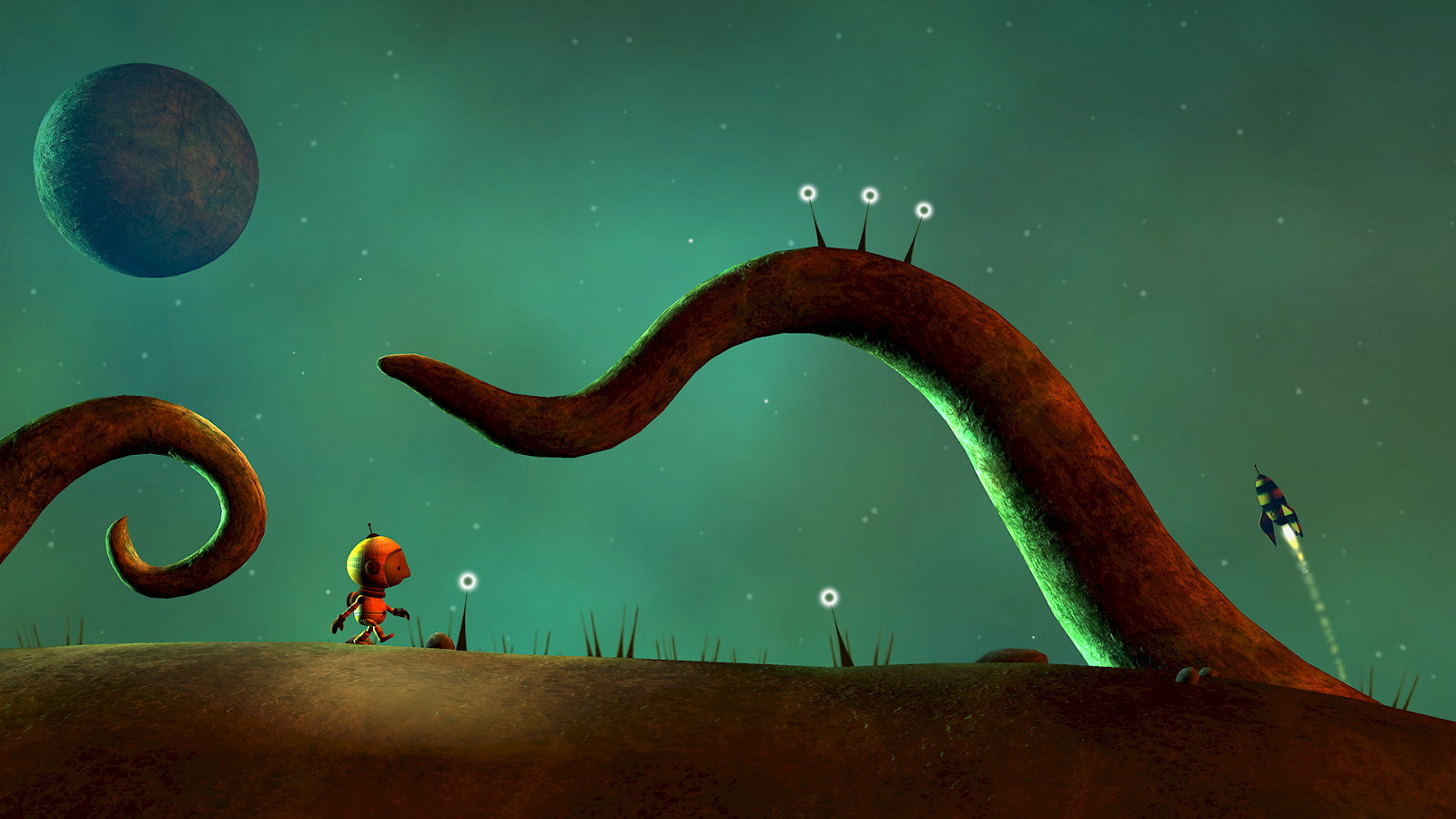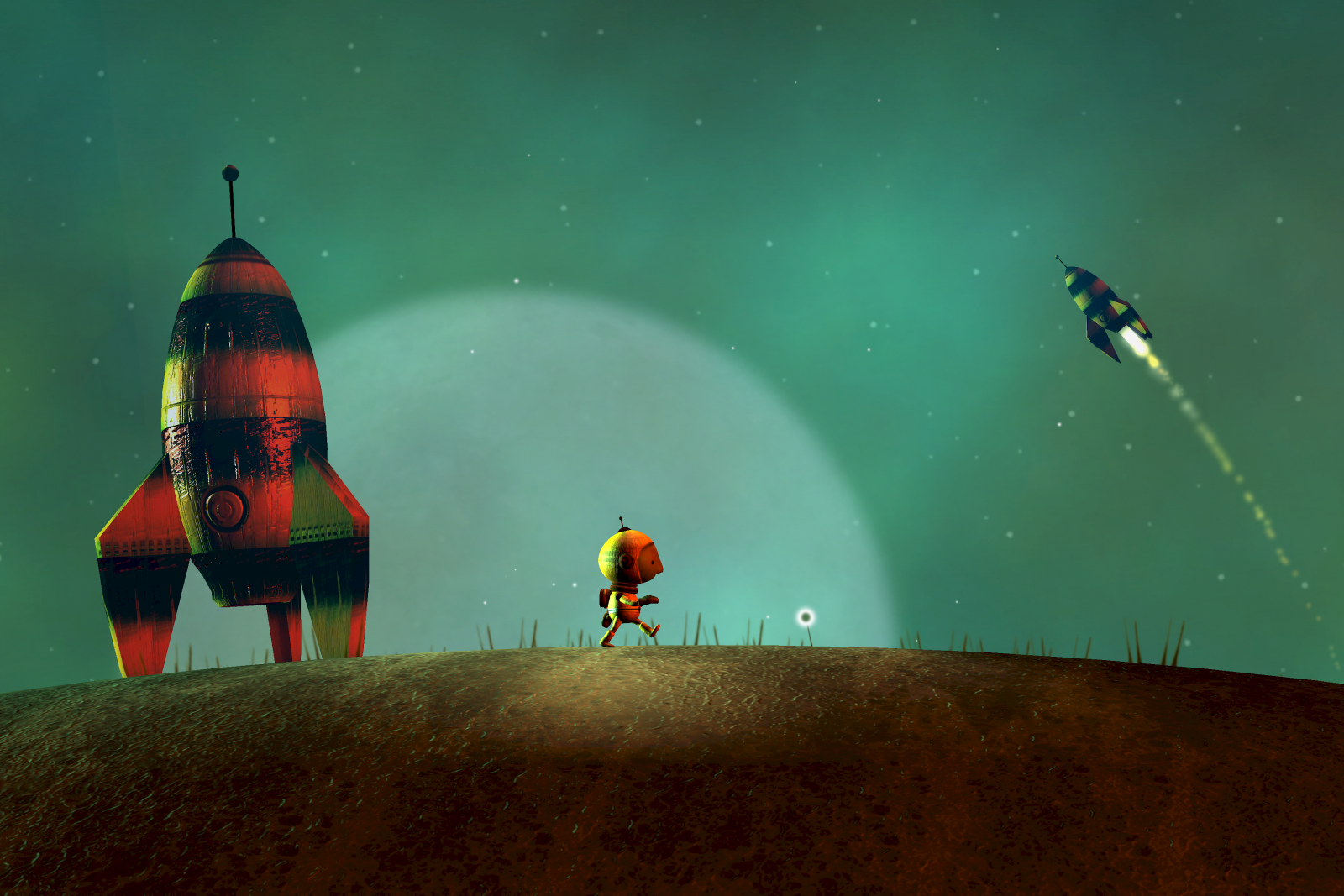Gabarello
Game based rehabilitation for Lokomat®
Motor rehabilitation for children through therapeutic gaming
Video games can be used to motivate children in an automated motor rehabilitation setting. Positive features of the game experience stimulate active participation in the therapy, so a virtual reality environment in the form of a video game might be able to help to meet the medical and technology requirements of the situation.
These were the hypotheses behind the development of the Gabarello game. The aim was to design an attractive video game tailored to a specific user context (motor rehabilitation) and specific user groups (children with trauma injuries and their physiotherapists).
Reviving flagging motivation
The Lokomat® is a propelled walking prosthetic device that automates the movement of the walking-impaired patient’s legs on a treadmill. The system provides a form of gait therapy for children and adults that relieves the therapy recipient of the burden of manual treadmill training. It also makes the therapy process more efficient. The system can be used in virtual environments with an augmented feedback module designed to support the patient’s motivation through a challenging and interactive functional feedback. This kind of motivation is a critical factor for children in particular: therapists constantly have to urge the patient to keep trying, and remain committed to the therapy.
Player Centred Design
To keep the project on the right track, a reflection-based, open ideas approach was followed for knowledge generation during the design process. The first step was participative observation of the therapy situations and identification of the requirements, needs and wishes of the various user groups. This then provided the basis for the design and iterative refinement process, working with a broad spectrum of different gaming concepts. Seven of the gaming concepts formulated in this way were incorporated in early, playable prototypes, which were tested by the design team in the Lokomat® rehabilitation robot. On the basis of the impressions and feedback from therapists and medical practitioners, the concepts were then further refined for the specific user situation. Key design specifications included gait tempo settings, cognitive load limits, and the replayability and intuitiveness of the game concept.
The project received funding support from the Stiftung Kinderhilfe Sternschnuppe foundation.


